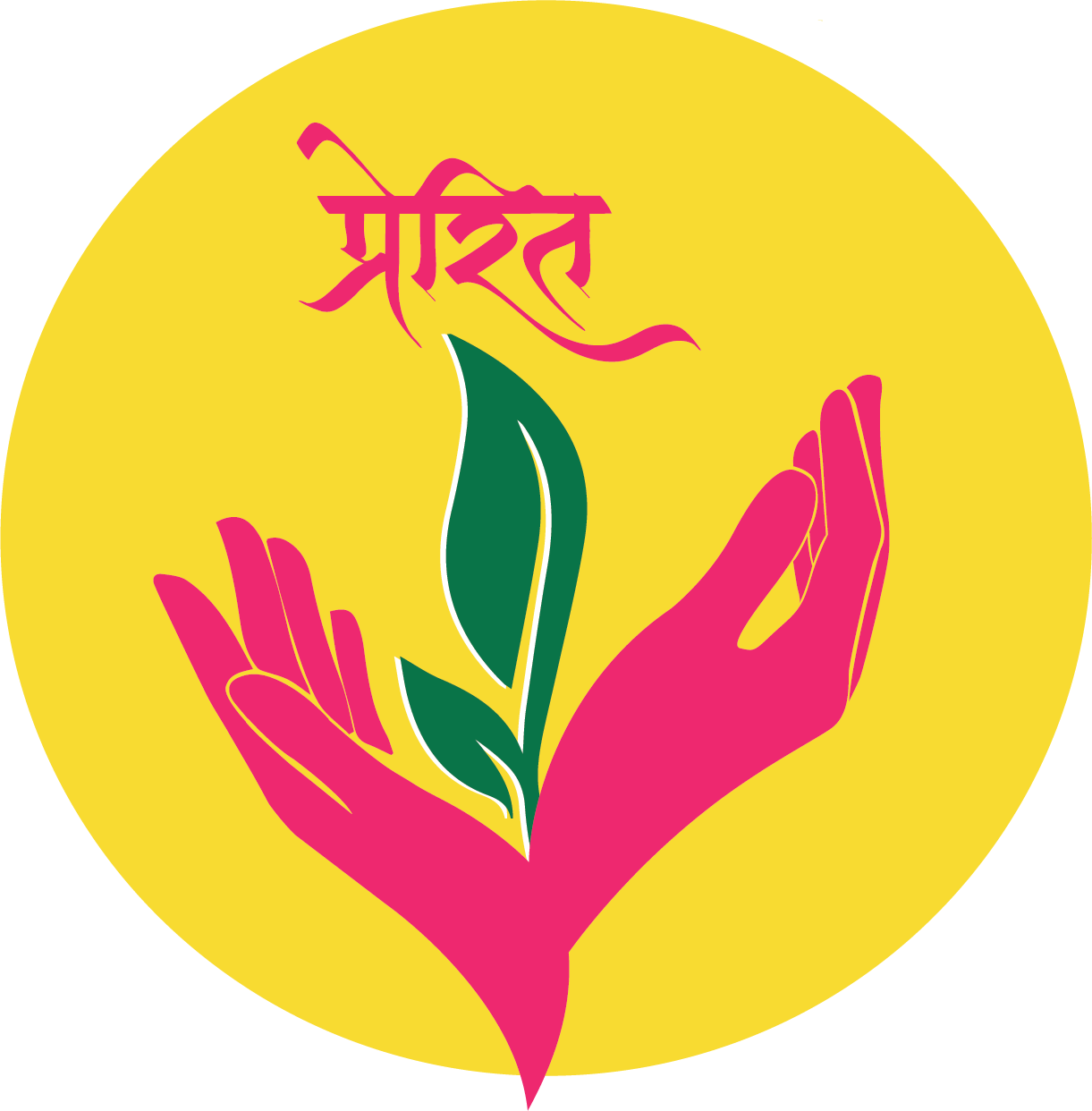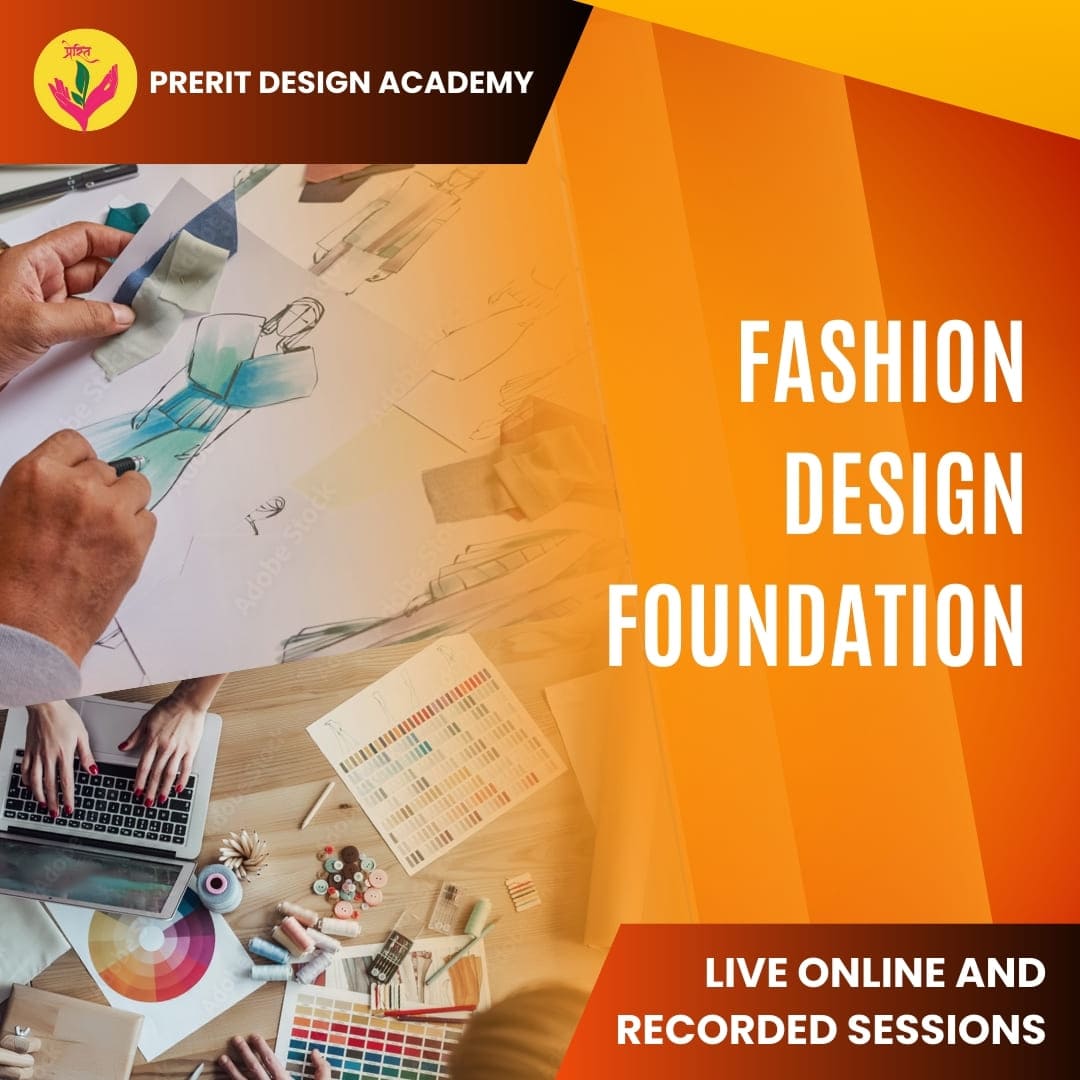Course Overview:
The Fashion Design Foundation Course is a comprehensive program designed to provide learners with the fundamental knowledge and skills necessary to pursue a career in the field of fashion design. Throughout this course, participants will explore various aspects of the fashion industry, including design processes, visual communication, and creative expression. By the end of the course, learners will have developed a strong foundation in fashion design and will be equipped with the necessary tools to create and present their own fashion designs.
Course Outline
- Visual Elements:
In this section, learners will gain an understanding of the visual elements that form the basis of fashion design. They will explore concepts such as line, shape, form, texture, and colour, and learn how to effectively incorporate these elements into their designs.
- Composition and Drawing:
This module focuses on the principles of composition and how to create visually appealing fashion illustrations. Participants will learn techniques for arranging elements within a design and will practice drawing fashion figures with accurate proportions.
- Perspective/Architecture Drawing:
Here, learners will delve into the world of perspective drawing, which is essential for creating realistic and three-dimensional fashion designs. They will explore various methods for representing depth and space in their drawings.
- Human Figure Drawing:
This section emphasizes the importance of understanding human anatomy in fashion design. Participants will learn how to accurately draw and proportion the human figure, allowing them to showcase their designs in a lifelike and dynamic manner.
- Rendering Techniques:
This module focuses on enhancing the visual appeal of fashion designs through rendering. Learners will experiment with different shading techniques, explore the interplay of light and shadow, and gain proficiency in rendering designs with colours.
- Introduction to Colour Theory:
Understanding colour theory is crucial for fashion designers. In this section, participants will explore the principles of colour theory, including colour harmony, contrast, and symbolism. They will learn how to effectively use colour to evoke specific moods and communicate their design concepts.
- Visual Perception:
This module delves into the psychology of visual perception and its impact on fashion design. Learners will explore how the human eye interprets and responds to visual stimuli, enabling them to create designs that effectively capture attention and convey messages.
- Light & Shadow:
Participants will study the principles of light and shadow in fashion design. They will learn how to accurately depict light sources, create realistic shading, and add depth and dimension to their designs.
- Introduction to 3D-Craft:
This section introduces learners to three-dimensional design concepts and techniques. Participants will explore various materials and methods used in fashion design, allowing them to experiment with creating tangible fashion prototypes.
- Aesthetic:
Aesthetic considerations play a vital role in fashion design. In this module, learners will explore different aesthetic principles and styles, enabling them to develop their unique design sensibilities and create visually appealing fashion collections.
- Expertise:
The expertise stage allows learners to apply their acquired knowledge and skills in various areas of design. They will engage in design projects and gain a deeper understanding of how design functions in different fields within the industry.
- Presentation/Compilation of Work:
The final stage of the course focuses on compiling and presenting the learners’ self-directed fashion projects and designs. Participants will build a portfolio of their work, showcasing their creativity, technical skills, and design concepts.
By the end of this course, participants will have developed a strong foundation in fashion design, including the ability to create compelling fashion illustrations, understand colour theory, and apply design principles effectively. They will have the skills and knowledge necessary to pursue further studies or entry-level positions in the fashion industry, equipped with a portfolio that reflects their creative potential and design abilities.








